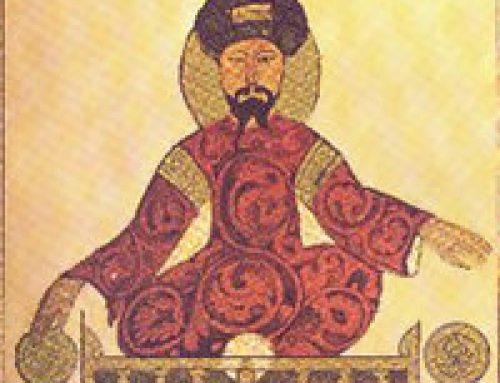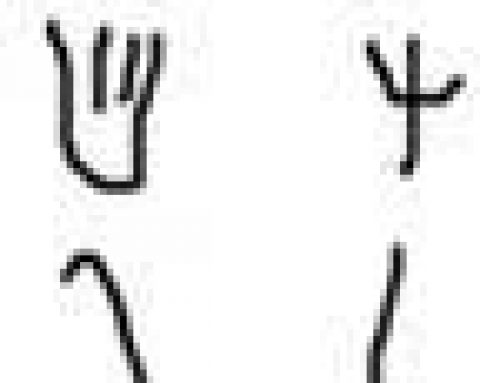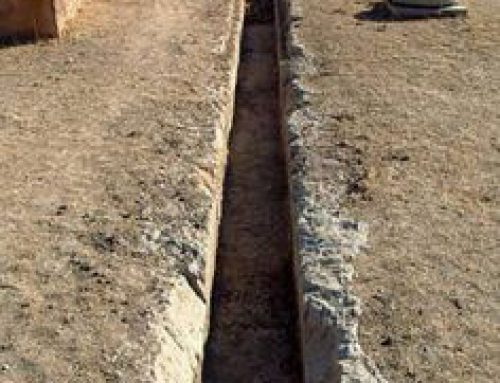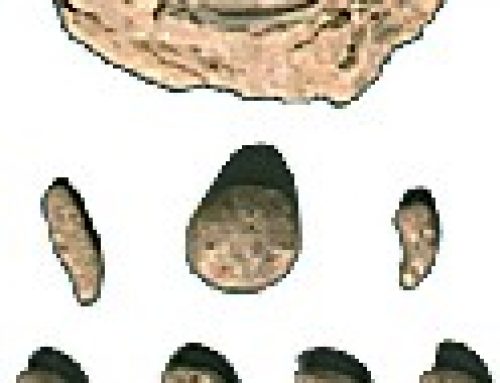
Bedouin tents today in the Arabian peninsula: Islamic environment
Early medieval environment
We can divide the environmental history of the medieval Islamic Empire into three different phases. The early phase, from the 600s to about 800 AD, is the time of the Umayyad and the Abbasid Caliphs.
West Asian environment
African environment
Arabian peninsula
Early medieval timeline
All our medieval Islam articles
The climate was probably pretty similar to what it had been for a thousand years before that. Want a good idea of what that was like? Check out the earlier environment of West Asia and North Africa.
Collapse of the Ma’rib dam
Basically, the weather was dry and hot. So there was always a shortage of water. Only Yemen, in the Arabian peninsula, was much worse off than it had been before Islam. That’s because the Ma’rib dam had broken in the late 500s AD.
More about the Ma’rib dam
Canals and irrigation
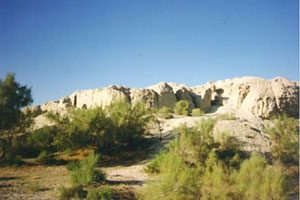
Uzbekistan: Islamic environment
But by the Middle Ages, people in West Asia were pretty good at changing their environment to make it more useful to them. They dug canals leading away from all the major rivers – the Nile, the Tigris, the Euphrates – to irrigate their fields.
What is irrigation?
Growing peaches
Even in Iran, where there aren’t any really big rivers, people dug many irrigation canals like the Haffar. They built reservoirs, aqueducts, and cisterns. People made the best use of their water, both for farming and to sail boats on for trade.
History of wheat
Where do figs come from?
History of dates
Under the Islamic caliphs, there were good irrigation systems. West Asia grew plenty of food. People thought of the Islamic Empire as one big garden. They renamed the Oxus river after a river from the Garden of Eden.
The Medieval Warm period
But the second phase brought the Medieval Warm Period. The Medieval Warm Period lasted from about 800 to 1200 AD. That probably affected West Asia just as it affected people in Europe, in Central America, and in North America.
Medieval Warm Period
History of cotton
Sugar and the Islamic Empire
Where did rice come from?
Oranges and lemons

Iran: Islamic environment
Nobody knows much about it yet. But probably West Asia and North Africa became even warmer and drier than they had been before. Possibly the climate change encouraged West Asian farmers to grow Indian crops like cotton, sugar, rice, and oranges that they had not grown before.
The Little Ice Age
The third phase of the environmental history of the Islamic Empire is a colder period known as the Little Ice Age. The Little Ice Age started about 1200-1300 AD and lasted until the 1800s.
The Little Ice Age
Who were the Mongols?
The Little Ice Age may have encouraged the Mongols to leave the cold of Siberia to invade warmer West Asia and China. Possibly the Mongols destroyed the complicated canals and irrigation systems. Or, the Little Ice Age may have made West Asia and Central Asia too dry for good farming, as it seems to have done in Africa.
Medieval African environment
Medieval African history
Maybe the rivers got too shallow for boats, and you couldn’t trade. At the end of the Middle Ages, Central Asia and West Asia were much drier and much poorer than before.
